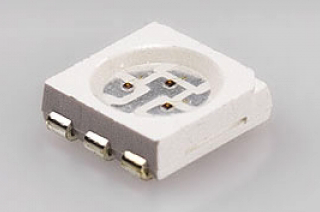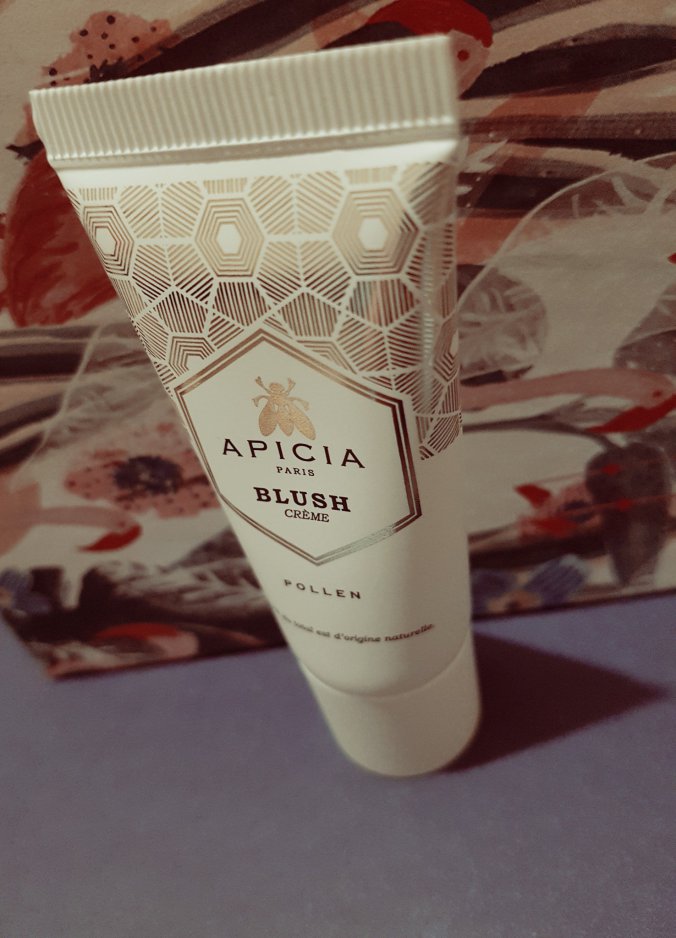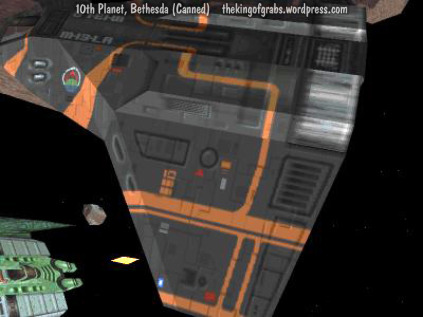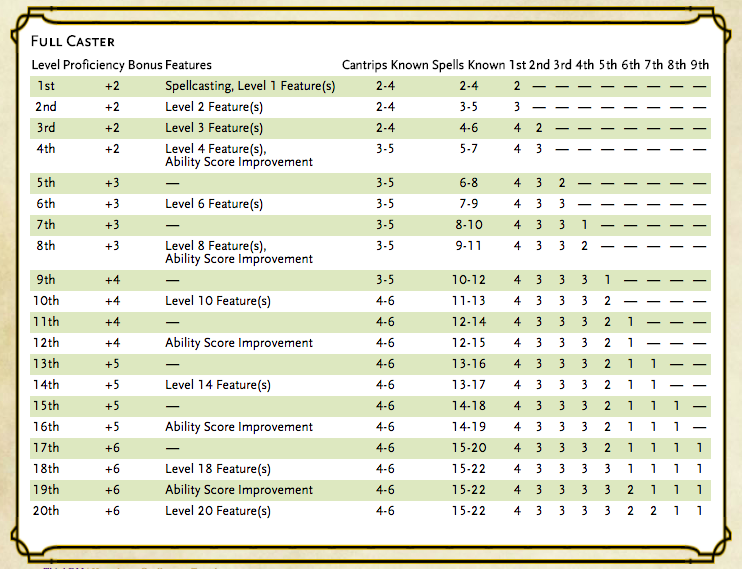
Click the link for a spellcaster template prefilled with spell progression, spell known ranges, cantrip known ranges, ability score improvements, “dead levels” for new spell level access, and the full Class Features and Spellcasting text in fillable format. Click “Source” in the top-right to add your own info, then copy it to The Homebrewery.
Full Casters are classes most capable of using magic in the worlds of Dungeons & Dragons. The five Full Caster classes in the Player’s Handbook all follow a standard spell progression for the number of spells they can cast per day. The difference lies in the spells they know, spell preparation, cantrips they can cast, and class features.
We’ll examine these differences to understand how the D&D designers build Full Casters. Generally, following these tropes is advisable. However, if you come up with a thematic explanation as to why your homebrew Full Caster functions in an alternative way, feel free to break the guidelines.
Choosing an Ability ScoreWhen creating a new homebrew Full Caster, the first consideration is choosing the casting ability. This will affect the way in which your class interacts with magic.
Bards and Sorcerers cast with Charisma because they are using the force of their personality to cull forth magic.
Clerics and Druids cast with Wisdom because the attune to a higher power. This is why they have access to all of their spells, but they must prepare certain rituals.
Wizards cast with Intelligence because they are recalling intense and dedicated study.
Ability Score MechanicsAbility score choice impacts the way classes know and prepare their spells:
- Charisma casters know a limited number of class spells, but don’t have to prepare.
- Wisdom casters know all class spells, but they must prepare spells to cast them.
- Intelligence casters gather and prepare their spells.
Bards and Sorcerers are limited to choosing spells from their class spell list. They have limited opportunities to exchange spells when gaining levels.
Clerics and Druids know all spells on their class spell list.
Wizards know the spells they record in their spell book. They could potentially know all of the spells available to their class, but they would have to collect them.
Spells PreparedBards and Sorcerers can cast any spell they know without preparation.
Clerics, Druids and Wizards can only cast spells they have prepared. They can prepare spells equal their casting ability modifier plus their class level.
Cantrips KnownAssign cantrips at the end of class creation for balance. There tends to be a tradeoff between spells and cantrips known. Classes that know more spells in general tend to be able to cast fewer cantrips.
Sorcerers who know the fewest spells of full casters, conversely know the most cantrips. Druids, who know all their class spells, have the lowest number of cantrips and the slowest progression.
There is some room for mixing this up. Consider that Bards, who know many spells, share the slowest progression with Druids. Yet, Clerics and Wizards can both know more spells and possess quicker cantrip progression.
Class Spell ListsCreating a Class Spell List is an interesting task. Consider both the number of spells available and theme of the spells.
Number of SpellsThe number of spells available to a class is generally tied to the difficulty of obtaining the spells. Wizards must expend time and resources to add spells to their repertoire. As a result, they have access to twice as many spells as most classes. By contrast, Clerics and Druids, who automatically gain access to their entire expanded spell list upon leveling up, were given the smallest spell lists in the Player’s Handbook. The middle tier was occupied by the Charisma casters, Bards and Sorcerers.
However, there were some shifts after Druids received stronger spell treatment in Xanathar’s Guide to Everything than Bards and Clerics. Now, the line between Charisma and Wisdom casters is more blurred in terms of spell access.
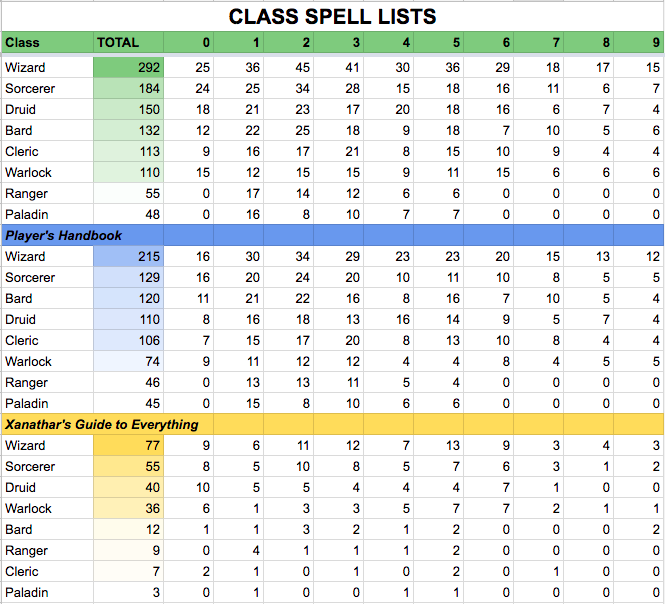

There should be thematic cohesion between the spells you choose for your new class. Get a general idea of which spells are related by checking the schools of magic (abjuration, conjuration, divination, enchantment, evocation, illusion, necromancy, transmutation). Then, look to the types of spells which are grouped together various subclasses:
- Cleric domains (knowledge, life, light, nature, tempest, trickery, war, forge, grave).
- Druid circles (arctic, coast, desert, forest, grassland, mountain, swamp, underdark, dreams, shepherd).
- Paladin oaths (devotion, ancients, vengeance, conquest, redemption).
- Ranger archetypes (gloom stalker, horizon walker, monster slayer).
- Sorcerer origins (shadow, storm).
- Warlock patrons (archfey, fiend, great old one, celestial, hexblade).
- Wizard schools (schools of magic, war wizard).
Highlight new Class Features that drive your theme. Don’t Frankenstein existing classes just to bypass multiclassing. Your primary focus should be on your subclass. Make sure to keep the spellcaster balanced by honoring “Dead Levels”.
SubclassSpellcaster subclasses interact with magic. So, spellcasters get their subclasses earlier than martial classes. How will this interaction affect your character at low levels? How can it scale as the character gains access to better magic?
Will different subclasses expand your class spell accessibility? Subclass boosts are used to supplement base classes with access to fewer spells:
- Lore Bards can learn any two spells at level 6.
- Clerics gain access to two additional spells at level 1, 3, 5, 7, and 9.
- Land Druids gain access to two spells at level 3, 5, 7, 9.
Obtaining access to a higher level spell slot is a significant power boost. As a result, Full Casters often don’t obtain Class Features at odd levels past five. Features given at these benchmarks are incremental increases to low level features.
- Bard gets no features at level 7 or 11.
- Inspiration dice increase at level 5, 10, and 15.
- Rest dice increase at level 9, 13, and 17.
- Cleric gets no features at 3, 7, 13, 15.
- Destroy Undead scales at level 5, 8, 11, 14, and 17.
- Druid gets no features at level 3, 5, 7, 9, 11, 13, 15, 17.
- Sorcerer gets no features at level 5, 7, 9, 11, 13, 15, 17.
- Wizard gets no features at level 3, 5, 7, 9, 11, 13, 15, 17.
Full Casters don’t get Class Features along with Ability Score Improvements, except Wisdom casters. Wisdom casters can gain strong features at low levels in coordination with Ability Score Improvement. Clerics at level 8 scale Destroy Undead and get smite from their Divine Domain. Druids scale Wild Shape at levels 4 and 8. So there is precedent for stacking stronger features at earlier levels, but stay away from stacking Class Features with Ability Score Improvements at levels 12, 16, and 19.
Covering New GroundA unique homebrew spellcaster should differ from these explored themes:
- Bards draw power from performance.
- Clerics draw power from divinity.
- Druids draw power from nature.
- Paladins draw power from conviction.
- Rangers draw power from wilderness.
- Sorcerers draw power from within.
- Warlocks draw power from their patron.
- Wizards draw power from knowledge.


